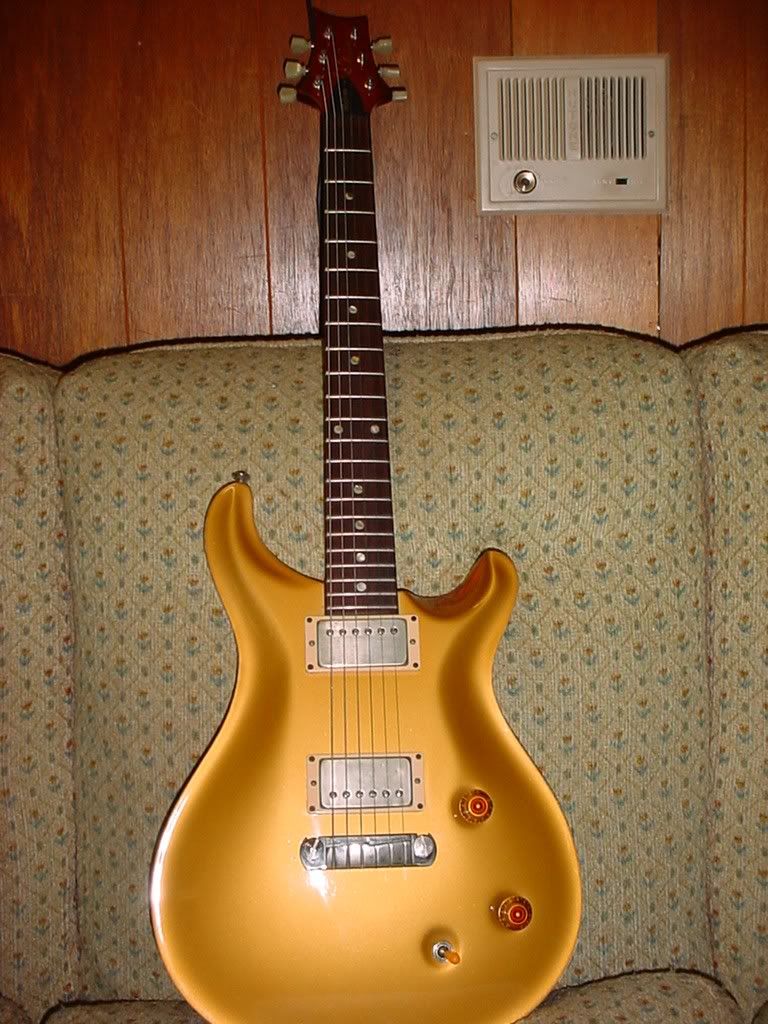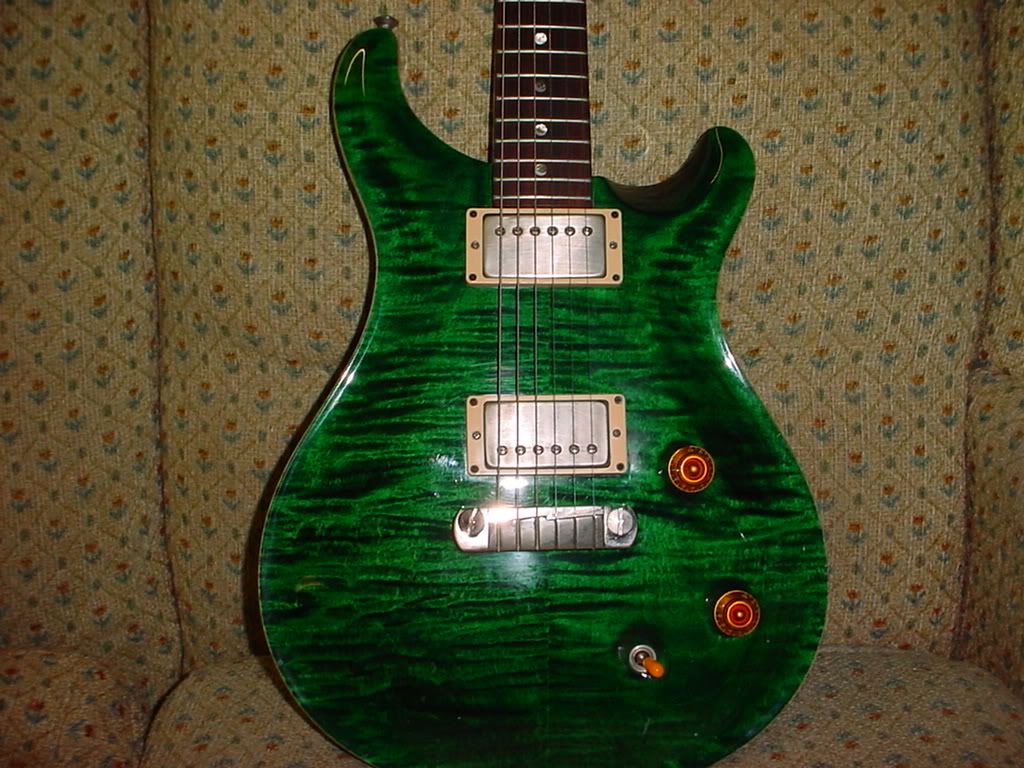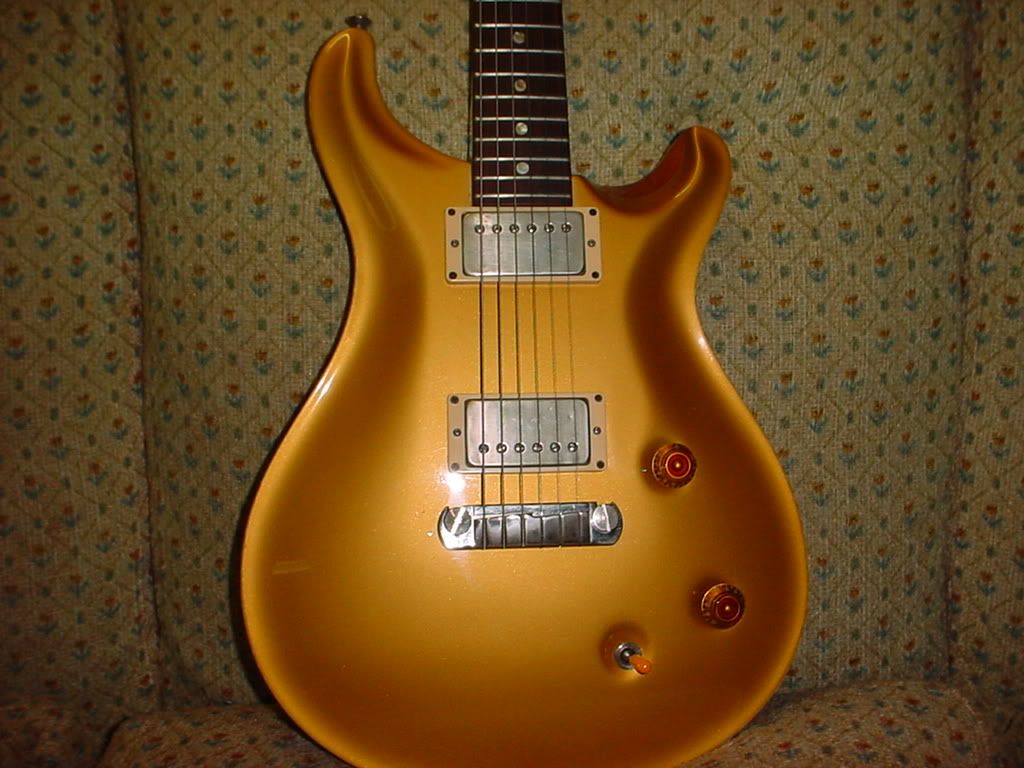Oh, btw, one gear-related epiphany that popped into mind when I read docbennett's post:
1971: at a cast party following a production of Jesus Christ Superstar (for which I'd played the acoustic guitar parts) I heard The Allman Brothers at Fillmore East for the first time. I was mesmerized by the sound of those guitars, and the guy (several years older than me) who had played the electric guitars in the show explained to me that those were old Gibson Les Paul Standards. Although by then I was very into electric guitars and guitarists, that was the first time I connected a particular sound with a particular model of guitar.
1971: at a cast party following a production of Jesus Christ Superstar (for which I'd played the acoustic guitar parts) I heard The Allman Brothers at Fillmore East for the first time. I was mesmerized by the sound of those guitars, and the guy (several years older than me) who had played the electric guitars in the show explained to me that those were old Gibson Les Paul Standards. Although by then I was very into electric guitars and guitarists, that was the first time I connected a particular sound with a particular model of guitar.





